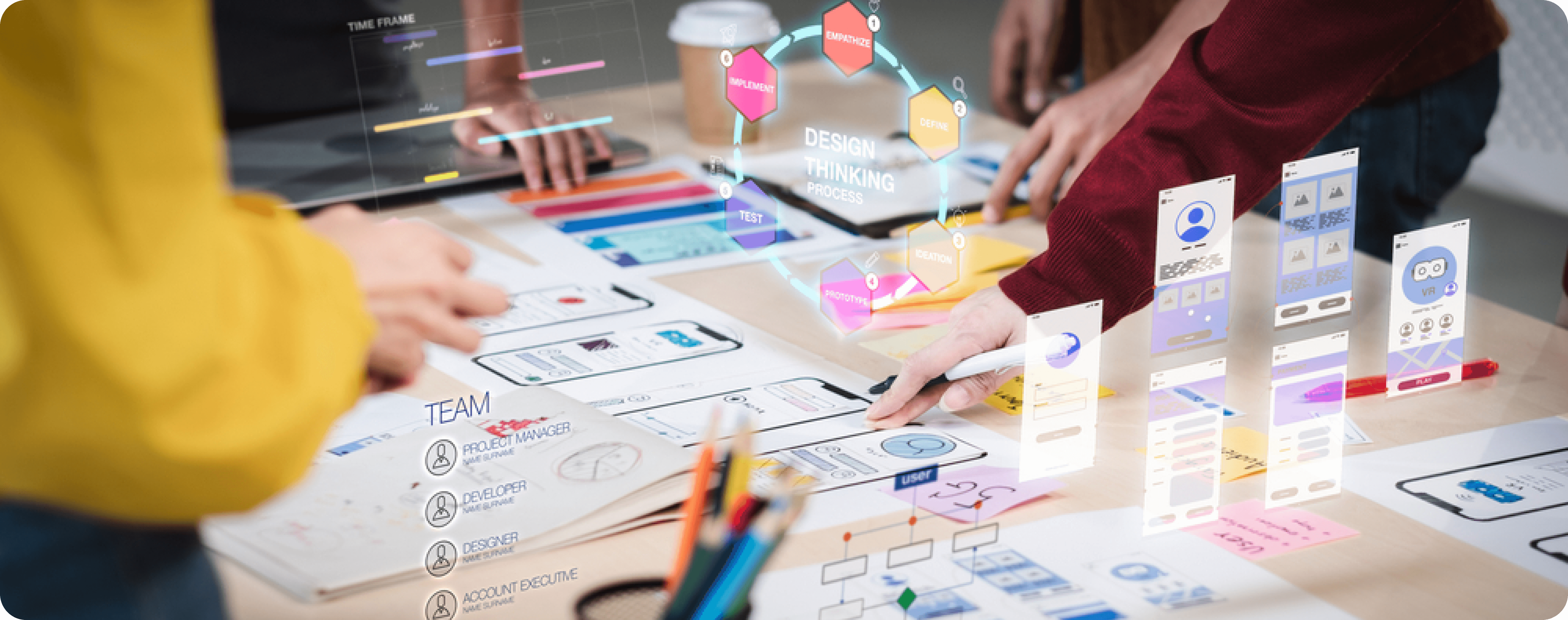Overview
Mobile application development has become an essential skill in today’s technology-driven world. Whether you are an entrepreneur looking to develop an app for your business or a developer wanting to hone your skills, understanding the ins and outs of mobile app development is crucial. This ultimate guide will walk you through the entire process, from concept to deployment, and provide you with the knowledge needed to create a successful mobile application.
Understanding Mobile Application Development
What is Mobile Application Development?
Mobile application development involves creating software applications that run on mobile devices, such as smartphones and tablets. These applications can be pre-installed on devices during manufacturing, downloaded by users from various mobile software distribution platforms, or delivered as web applications using server-side or client-side processing.
Types of Mobile Applications:
Native Apps
Built specifically for a particular operating system (iOS, Android) using platform-specific languages (Swift for iOS, Kotlin/Java for Android).
Hybrid Apps
Combine elements of both native and web applications. They are built using web technologies (HTML, CSS, JavaScript) and wrapped in a native app shell.
Web Apps
Mobile-optimized web applications accessed through a mobile browser.

Planning Your Mobile App
Identify Your Target Audience
Understanding who your app is for will guide many decisions, from design to functionality. Conduct market research to identify your target users’ needs and preferences.
Define the Purpose and Goals
Clearly outline what you want your app to achieve. This could be solving a specific problem, providing a service, or enhancing customer engagement.
Competitive Analysis
Analyze similar apps in the market to understand what works and what doesn’t. Identify gaps that your app can fill and opportunities for differentiation.
Features and Functionality
List the core features your app will offer. Prioritize them based on user needs and development complexity.
Technical Requirements
Determine the technical requirements for your app, including platform (iOS, Android, or both), necessary APIs, and third-party services.
Designing Your Mobile App
User Experience (UX) Design
Focus on creating an intuitive and seamless user experience. Consider user flows, ease of navigation, and accessibility.
User Interface (UI) Design
Design visually appealing interfaces that are consistent with your brand. Use wireframes and prototypes to visualize the app’s layout and functionality.






